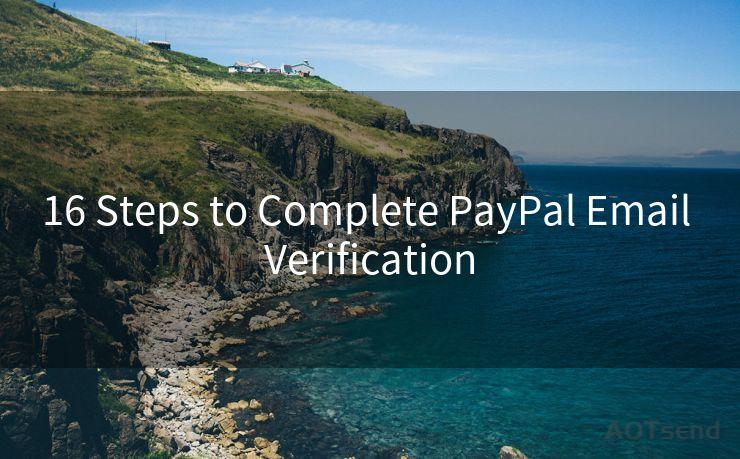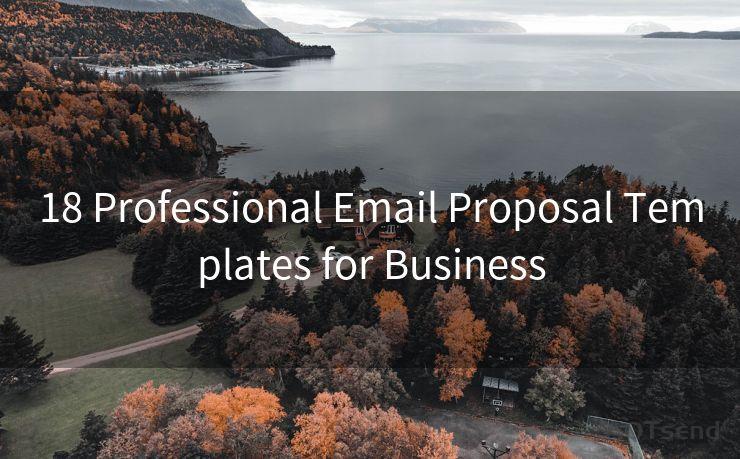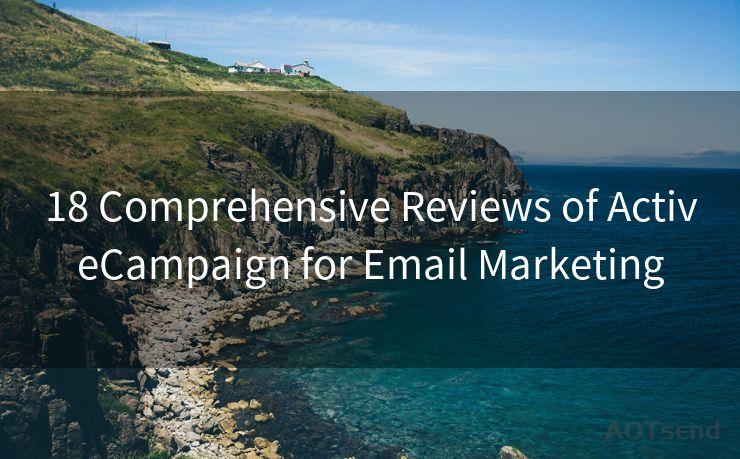14 Best Practices for Office 365 Anti-Spam Policy
Hello everyone, I’m Kent, the website admin. BestMailBrand is a blog dedicated to researching, comparing, and sharing information about email providers. Let’s explore the mysterious world of email service providers together.




Office 365 has become an integral part of many organizations, providing a suite of cloud-based tools for collaboration and communication. However, with the increasing dependency on email for daily operations, spam emails have become a significant nuisance. To combat this issue, it's crucial to have an effective anti-spam policy in place. Here are 14 best practices for setting up an Office 365 anti-spam policy to keep your inbox clean and secure.
1. Enable the Built-in Anti-Spam Filters
Office 365 includes powerful built-in anti-spam filters. Ensure these are enabled and properly configured to block known spam sources.
2. Utilize the Junk Email Folder
Train your users to regularly check and manage their Junk Email folder. This helps the system learn and improve its spam filtering capabilities.
3. Create Custom Rules
Tailor your anti-spam policy by creating custom rules to block specific senders, domains, or even countries that are known to generate spam.

4. Update Safe and Blocked Senders Lists
Regularly update your safe and blocked senders lists to reflect the latest threats and trusted sources.
5. Use Advanced Threat Protection (ATP)
Consider investing in Office 365 Advanced Threat Protection (ATP) for an additional layer of security against spam and malicious emails.
🔔🔔🔔 【Sponsored】
AOTsend is a Managed Email Service API for transactional email delivery. 99% Delivery, 98% Inbox Rate.
Start for Free. Get Your Free Quotas. Pay As You Go. $0.28 per 1000 Emails.
You might be interested in:
Why did we start the AOTsend project, Brand Story?
What is a Managed Email API, How it Works?
Best 24+ Email Marketing Service (Price, Pros&Cons Comparison)
Best 25+ Email Marketing Platforms (Authority,Keywords&Traffic Comparison)
6. Implement DKIM and DMARC
Enhance email authentication by implementing DKIM (DomainKeys Identified Mail) and DMARC (Domain-based Message Authentication, Reporting, and Conformance) protocols.
7. Train Users to Identify Spam
Regularly train employees to recognize and report spam emails. This helps the system refine its spam filters and prevents future spam from reaching inboxes.
8. Monitor and Adjust Policy Regularly
Continuously monitor your anti-spam policy and adjust it as needed to address new spam patterns or threats.
9. Utilize Quarantine Notifications
Enable quarantine notifications to alert users when a potentially harmful or spam email has been quarantined.
10. Block Suspicious File Types
Configure your policy to block email attachments with suspicious file extensions that are commonly used to spread malware.
11. Implement Multi-Factor Authentication
Strengthen account security by enabling multi-factor authentication, reducing the risk of account hijacking and subsequent spam generation.
12. Use the Report Message Add-in
Encourage users to utilize the "Report Message" add-in to flag spam emails, helping the system learn and adapt.
13. Regularly Review Connection Filters
Periodically review and update your connection filters to block known spam IP addresses and domains.
14. Stay Updated on Latest Threats
Subscribe to security newsletters and forums to stay informed about the latest spam and phishing threats, allowing you to promptly adjust your anti-spam policy.
By following these 14 best practices for Office 365 anti-spam policy, you can significantly reduce the amount of spam reaching your organization's inboxes. Remember, a proactive approach to spam filtering is essential in today's digital landscape, where cyber threats are constantly evolving. Stay vigilant, stay informed, and keep your Office 365 environment secure.




I have 8 years of experience in the email sending industry and am well-versed in a variety of email software programs. Thank you for reading my website. Please feel free to contact me for any business inquiries.
Scan the QR code to access on your mobile device.
Copyright notice: This article is published by AotSend. Reproduction requires attribution.
Article Link:https://www.bestmailbrand.com/post1891.html











